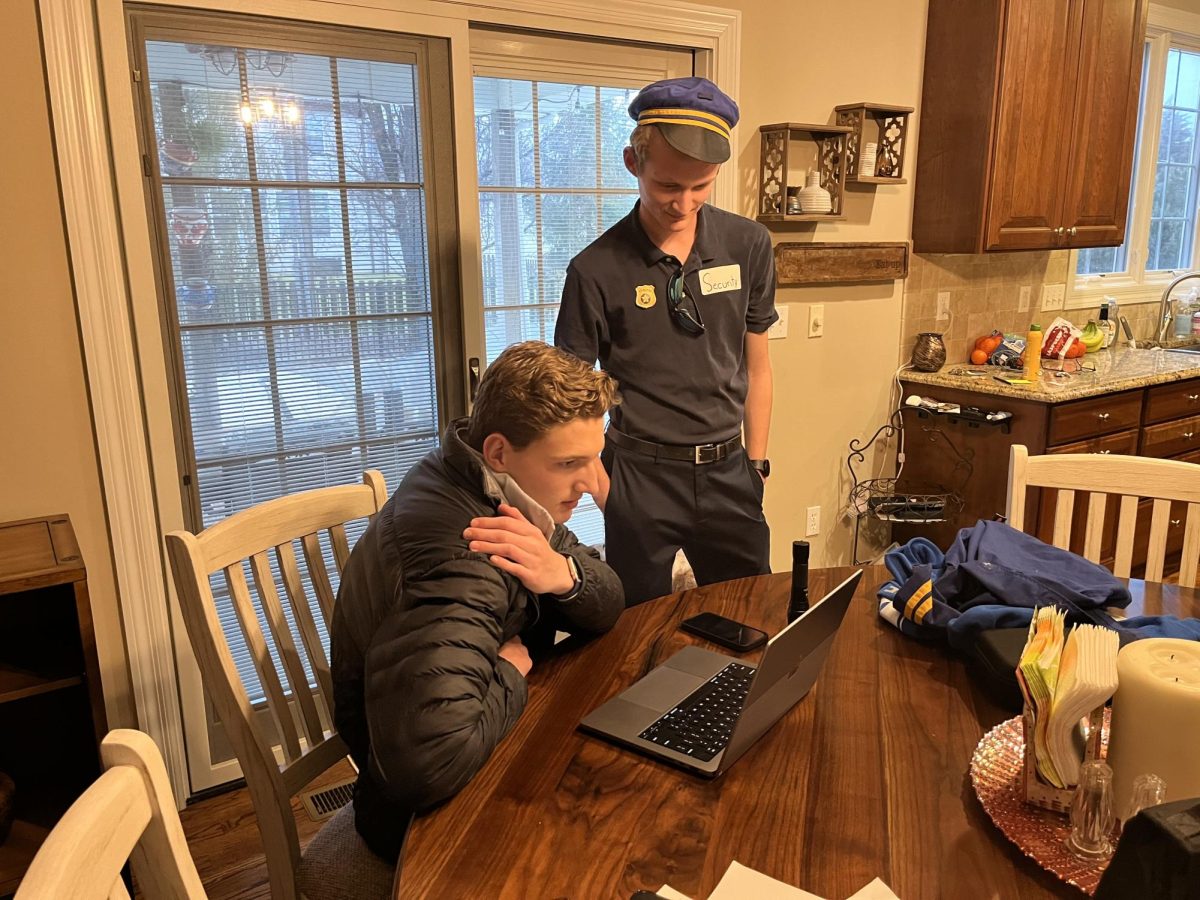Science fiction “zap guns” have long been depicted in movies and on television shows such as Star Wars and Star Trek. The idea of using a highly focused beam of light as a deadly weapon has always existed in comics and superhero novels.
Yet, when this dream became a reality on May 16, 1960 as Theodore Maiman perfected the first operating laser in a lone laboratory of Malibu, California, it seemed useless. His laser was highly impractical and weak. An early model could only cut through a Gillette razor blade, but required a ridiculous amount of equipment and space.
And as a result of its poor practicality, many people doubted the usefulness of his invention, calling it “a solution looking for a problem”. But, unbeknownst to them, Maiman’s invention would become the key to many technologies used today.
Laser technology has greatly advanced from Maiman’s earliest example. With various sizes and strengths ranging from microscopic diode lasers to football field sized neodymium glass lasers, they have a vast majority of uses today.
A laser’s light is generated by electrons becoming excited and gaining more energy. When this occurs, a single colored beam of concentrated light is seen. Lasers used in today’s world differ based upon the elements they use to accomplish this electron excitement.
For example, helium and neon are used in less powerful lasers, such as those functioning in holograms, barcode scanning, and alignment tools.
Krypton lasers are used in “white-light” lasers and light shows.
Lasers active in industrial engraving and welding use carbon monoxide for a more powerful outcome. Helium-cadmium laser technology is found in printers.
From an energy perspective, less powerful lasers are used in laser pointers. Other smaller lasers read discs in DVD and CD players.
Lasers can be found at the dentist, in hospitals during surgery, or the dermatologist. Lasers are active in scanners capable of reading anything from barcodes to fingerprints.
Lasers even assist military troops with marked targets, missile defence, radar, and guided ammunition.
The world’s most powerful laser, known as the “Lawrence Livermore Laboratory’s 1.3 Petawatt monster”, is capable of splitting atoms, creating antimatter, and firing a solid proton beam. When used, it blasts more than a quadrillion watts of power.
Maiman’s underestimated invention has become grandfather of many technologies today. And even though the laser has become a critical part of many profound technologies already, scientists believe that laser technology is still in its infancy.
And if the science behind the laser advances as it has in the past fifty years, perhaps the dreamt-up weapons of Star Trek and Star Wars will be attainable in the near future.









